
New research describes a new, fast, all-optical 3D photoacoustic scanner for clinical vascular imaging. The scanner uses a novel photoacoustic tomography (PAT) technique to capture high-resolution 3D images of microvasculature within a few seconds or even milliseconds. This innovation paves the way for significantly faster imaging compared to conventional methods. The scanner’s core lies in [..]
Read More
Generating laser light in the green spectrum has traditionally been challenging due to the limitations of conventional laser designs. This spectral region, known as the green gap, lies between the more easily achievable red and blue wavelengths. A recent study presents a groundbreaking technique for overcoming this hurdle. Researchers have successfully employed Kerr optical parametric [..]
Read More
In integrated photonics, achieving high-coherence parallelization is a topic that has garnered significant interest. A new study presents a novel approach to accomplishing this feat. The researchers leverage self-injection locked microcombs to injection lock distributed feedback (DFB) lasers. This ingenious strategy paves the way for creating high-coherence channels boasting linewidths as low as 10 Hz [..]
Read More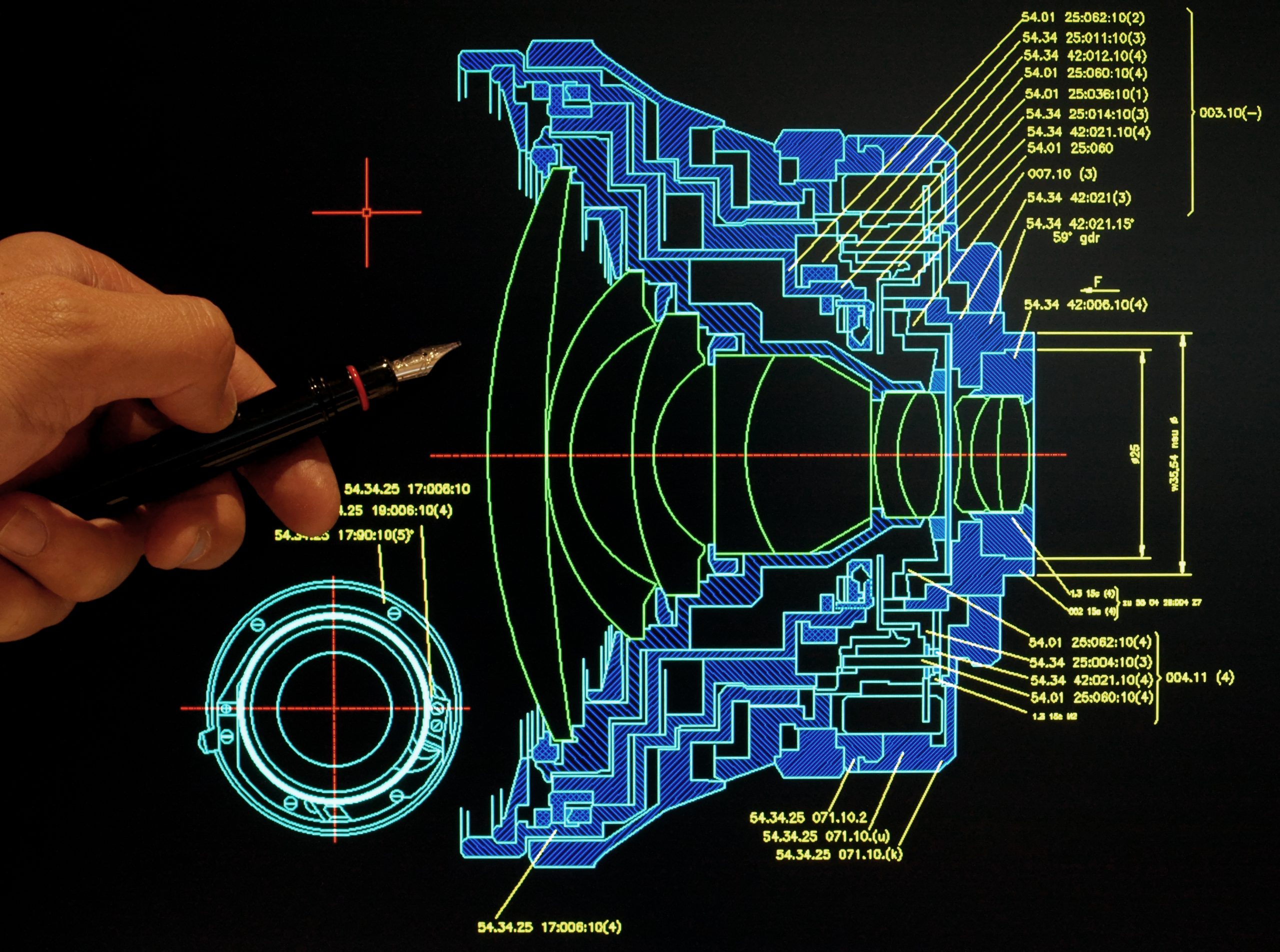
New research discusses a groundbreaking new optomechanical method for neuronal stimulation and modulation. Researchers have developed a technique that utilizes a sunflower pollen grain tip as a bio-dart to stimulate neurons. This bio-dart is propelled towards the cell membrane using optical scattering force. The impact triggers the opening of mechanosensitive ion channels, ultimately leading to neural [..]
Read More
Light-sheet fluorescence microscopy (LSFM) is a cornerstone of biological research, enabling researchers to peer into the intricate world within living cells in 3D. LSFM achieves this by illuminating a thin layer of the sample with light and capturing the emitted fluorescence. While this method offers high-resolution 3D imaging with minimal photobleaching, designing the illumination beam [..]
Read More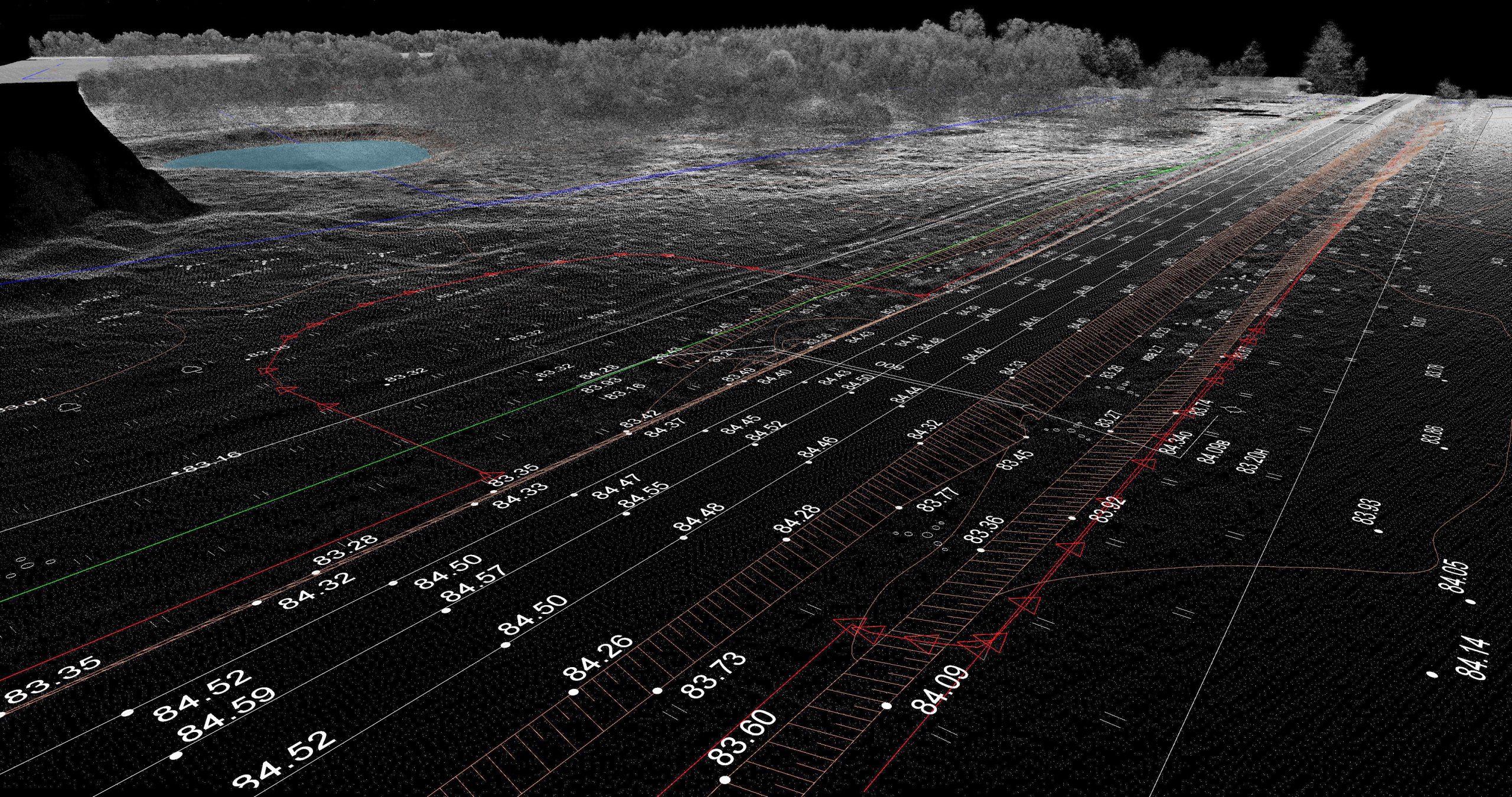
New research discusses a novel application of LiDAR technology to wildfire management. LiDAR (Light Detection and Ranging) is a remote sensing method that uses light pulses to measure variable distances. By bouncing laser beams off objects and recording the time it takes for the signal to return, LiDAR systems can create highly detailed, three-dimensional (3D) [..]
Read More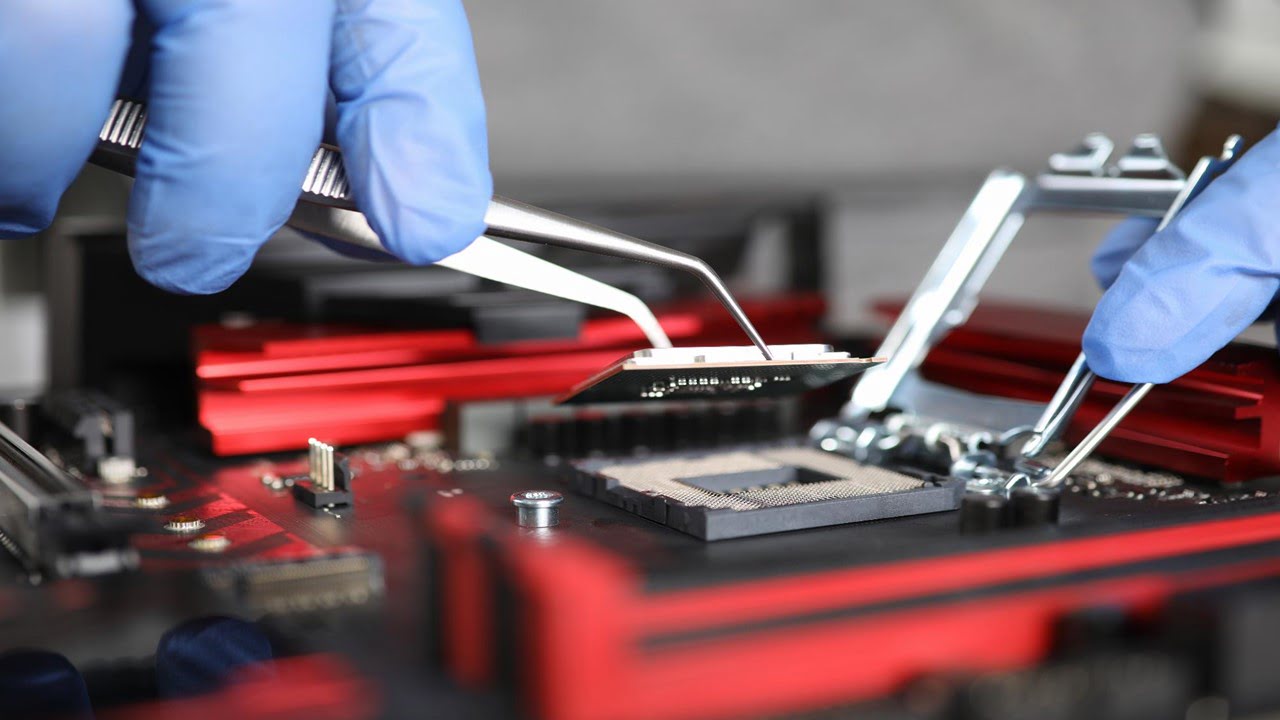
Unipolar quantum optoelectronics offers a game-changing approach for high-speed direct modulation and transmission in the 8–14 µm atmospheric window. The research explores its potential for free-space optical (FSO) communication in the mid-infrared (MIR) region. The system leverages unipolar quantum optoelectronic devices, including a distributed feedback quantum cascade laser (DFB-QCL) as the transmitter and a quantum [..]
Read More
A groundbreaking new method developed by researchers has revolutionized the field of chiral analysis. For the first time, nuclear magnetic resonance (NMR) spectroscopy can directly elucidate the chiral structure of molecules—a crucial step in developing new drugs. Chirality, the spatial arrangement of atoms within a molecule, plays a vital role in its biological activity. Enantiomers, [..]
Read More
Researchers have made significant progress in developing a new class of transparent, high-porosity glasses. Due to their unique properties, these aluminum alkoxide network-forming glasses are particularly interesting for optics and photonics applications. The newly developed glasses exhibit well-defined transitions, indicating a clear transition from a viscous liquid to a rigid solid state. This property is [..]
Read More
Direction-of-arrival (DOA) estimation is fundamental in various applications, including radar, sonar, and wireless communication. Traditional methods for DOA estimation often rely on signal processing algorithms that can be computationally expensive and struggle with limitations like the diffraction limit. Researchers are exploring the potential of optical computing to overcome these limitations and achieve higher accuracy and [..]
Read More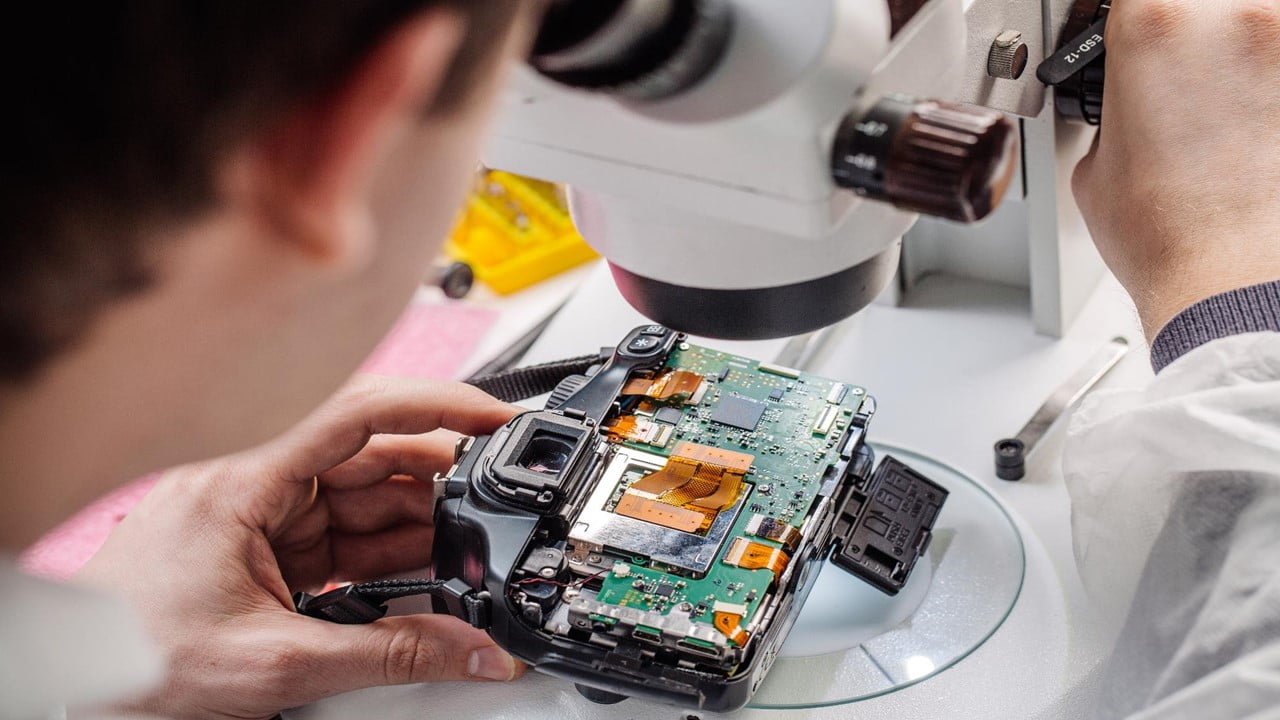
Diamond, the epitome of hardness and durability, has long intrigued scientists for its potential in various applications. While its exceptional thermal conductivity and quantum properties are well-known, its suitability for high-power electronics has been hindered by fabrication challenges and limited understanding of its electrical behavior. Researchers have recently shed light on this diamond enigma by [..]
Read More
In a recent breakthrough, researchers have developed a new method to predict a patient’s response to neoadjuvant chemotherapy (NAC) for breast cancer. This method leverages the power of artificial intelligence (AI) and combines information from ultrasound images and pathology slides. NAC is a type of chemotherapy given before surgery to shrink tumors and improve surgical [..]
Read More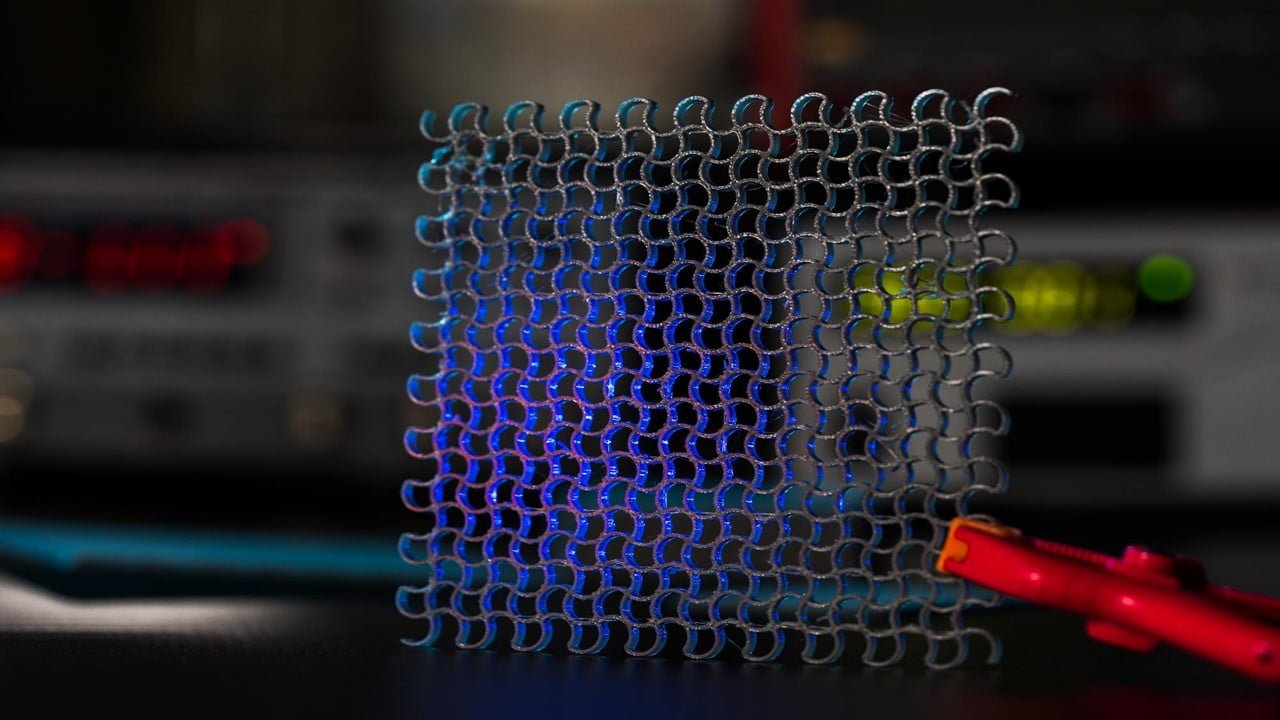
Researchers have successfully engineered a metasurface that can transform the chaotic, incoherent thermal emissions from thermal sources like incandescent bulbs into highly coherent, polarized, and directed beams. This groundbreaking achievement could revolutionize fields ranging from lighting and imaging to thermal management and control. Traditionally, metasurfaces have been limited to manipulating highly coherent laser light. However, [..]
Read More
Traditionally, liquid crystal (LC) holography has been confined to the scalar domain, manipulating only light intensity. This limitation hinders the ability to control light fields and encode complex information fully. Researchers have recently made significant strides in overcoming this hurdle, achieving vectorial LC holography using a single-layer, single-material LC superstructure. This novel approach leverages a [..]
Read More
Microfluidic biochips are tiny devices that manipulate fluids at the microliter scale. They have a wide range of applications in the medical field, including drug discovery, diagnostics, and personalized medicine. However, a new study has shown that these chips are vulnerable to cyber-physical attacks that can be launched by tampering with the manufacturing process. The [..]
Read More
Diabetic retinopathy (DR) is a complication of diabetes that can lead to vision loss. Early detection and treatment of DR are essential to prevent vision loss. Traditional fundus photography (FP) is a common screening method for DR. Still, it has limitations in detecting diabetic macular edema (DME), a type of fluid buildup in the macula, [..]
Read More
In silicon photonics, creating dependable sources of single photons and enabling strong interactions between them has been a substantial obstacle to quantum technologies. A recent study describes a novel technique for generating indistinguishable photons from a silicon waveguide incorporating a G center. G centers are intricate defects within silicon. They consist of two carbon atoms [..]
Read More
A new method for measuring urine C-reactive protein (CRP) levels has been developed using an optical sensor and machine learning algorithms. This method is believed to be more accurate and reliable than traditional methods, such as ELISA. CRP is a biomarker of inflammation, and a point-of-care test for CRP could be useful for various applications, [..]
Read More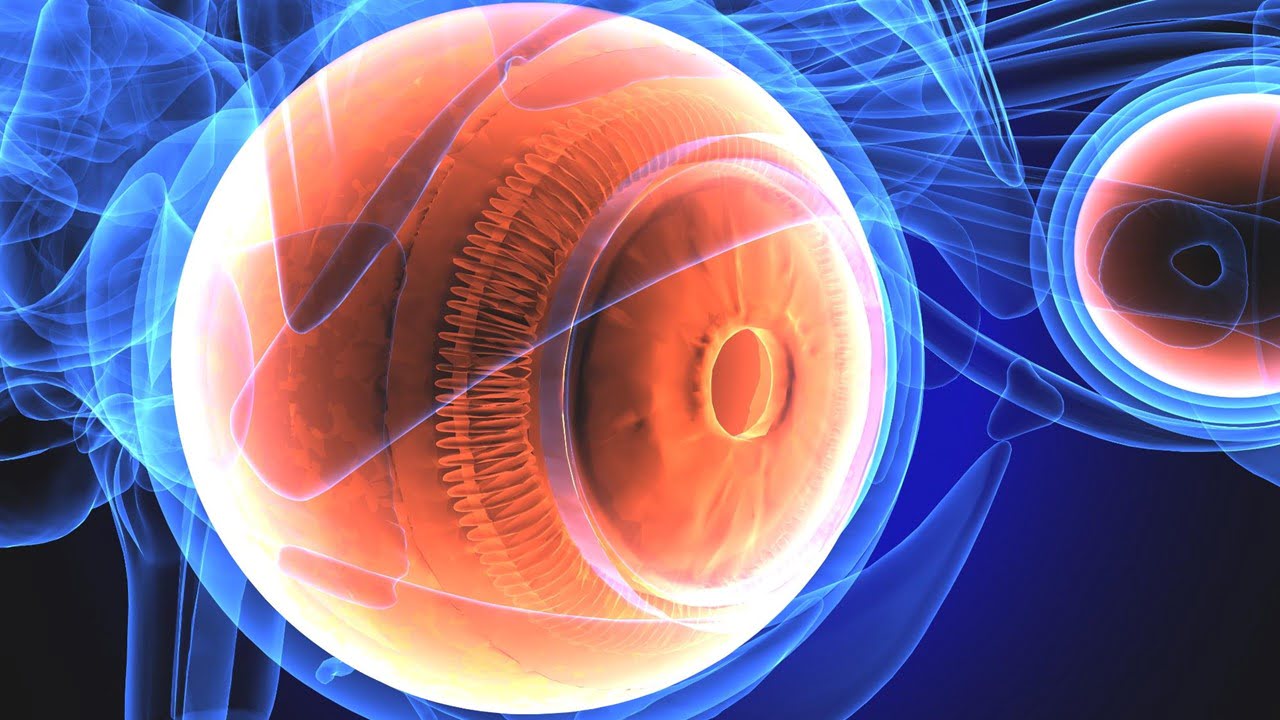
Researchers have achieved a breakthrough in their understanding of retinal neovascularization. This condition, characterized by the abnormal growth of blood vessels in the retina, is a leading cause of vision loss in premature infants, diabetics, and the elderly. Traditionally, treatments for retinal neovascularization have been limited to laser therapy and anti-VEGF-A (vascular endothelial growth factor [..]
Read More
Researchers have unveiled a groundbreaking microscopy technique that promises to revolutionize our understanding and manipulation of nanomaterials. Their work introduces a method to visualize the intricate details of metamaterials, structures engineered at the nanoscale with extraordinary optical properties. Until now, exploring the nanoscale realm has been akin to studying an elephant with a magnifying glass. [..]
Read More